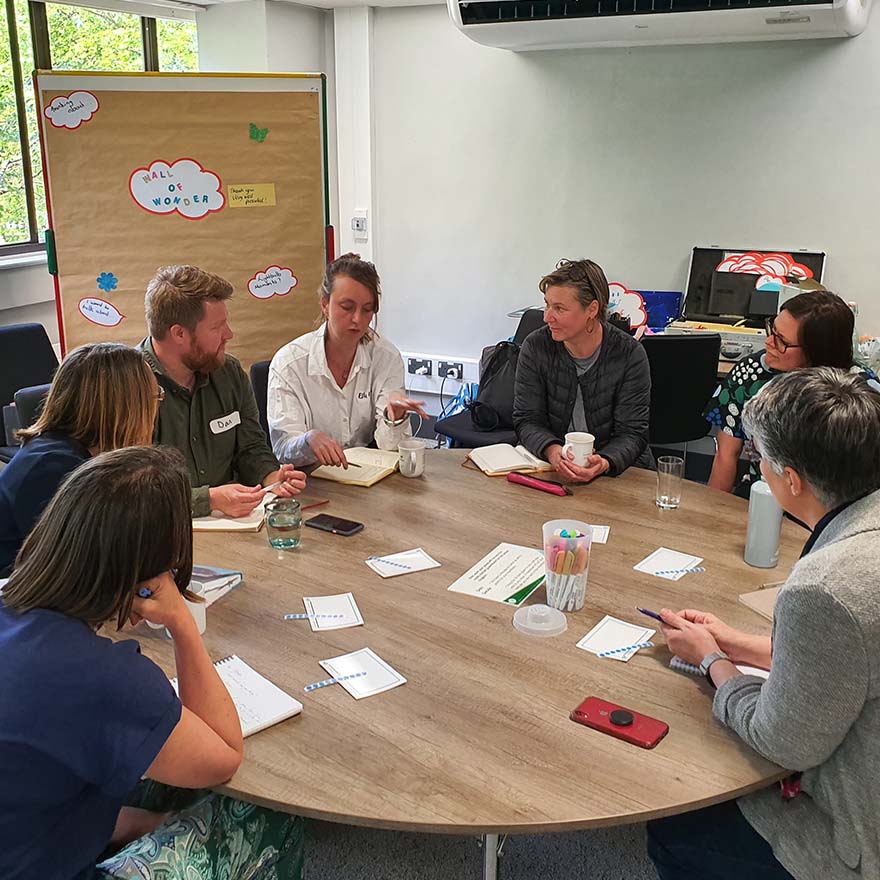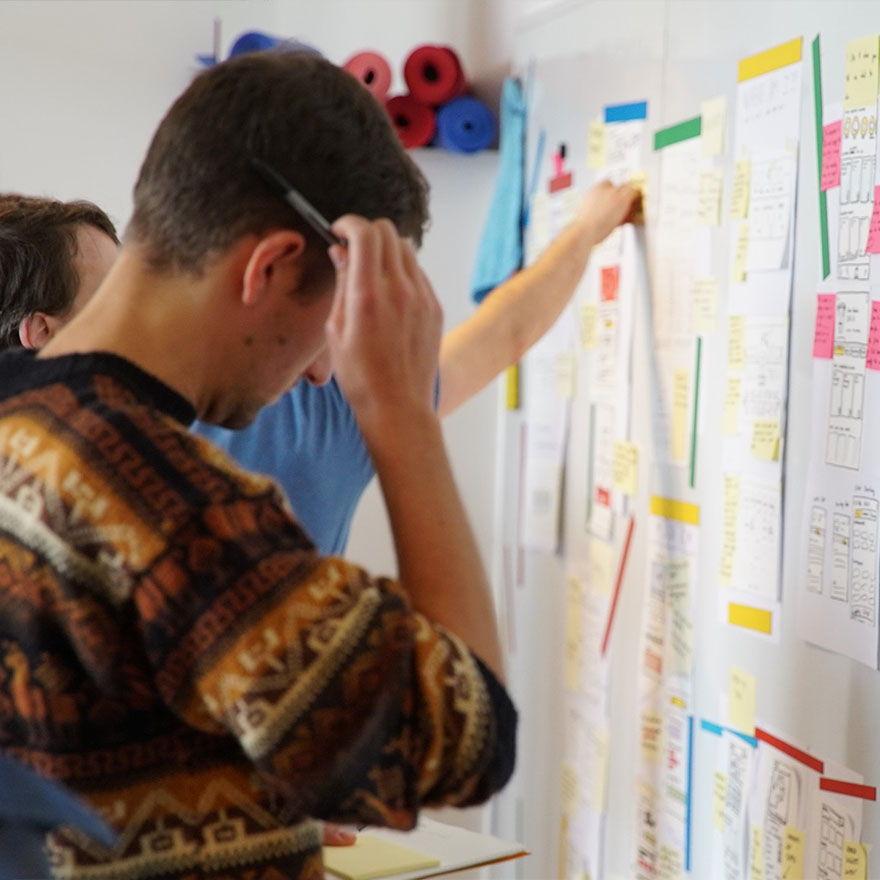Innovation needs a place to grow
Enhancing communication and innovation to accelerate positive change
Forward Thinking
Innovation is a red-hot buzzword in business and entrepreneurship, but few people can actually define it, let alone encourage and implement a culture of it in their organisation. Nevertheless, a failure to pursue innovation can result in an organisation failing to keep up with its competitors.


What is innovation?
We often conflate innovation with creativity.
Creativity is the use of imagination or original ideas to create something new. Innovation is applied creativity – the process of translating an idea, process, technology, or invention into something that creates value.
Therefore, you need to be creative to innovate. However, creativity itself does not guarantee innovation, because an idea must be meaningful or of benefit to a user to be innovative.
A Swedish survey has shown a clear link between workplace innovation practices and the happiness and well-being of staff. Organisations showed a 21% decrease in personnel turnover and a 24% reduction in absence (EDC, 2022).
By involving everyone in your organisation in innovation, you can generate ideas your traditional innovation departments would not come up with. This can lead to higher customer satisfaction, personalised customer experience, employee satisfaction, new partnerships, and higher revenue.

A culture of innovation
How PANDEK Group suggest creating a culture of innovation:
- Celebrate failure: to be innovative you need to be creative. Nothing kills creativity like the fear of being wrong. Build a trusting, inclusive, open-minded environment where employees can ideate first and critique later.
- Enforce collaboration: Diversity triggers creativity, so encourage different teams to share their knowledge with each other and experiment on new ways of thinking outside of their usual job descriptions.
- Be inspired: encourage curiosity and investigate new research and processes in other industries to find opportunities for development in your own.
- Skill-focus over resource-focus: invest time in training your current employees to learn about new tools and technologies to build the core competencies of the organisation.
- Community feedback: regularly solicit and record suggestions from your employees and your customers to discover how their experiences can be improved.


